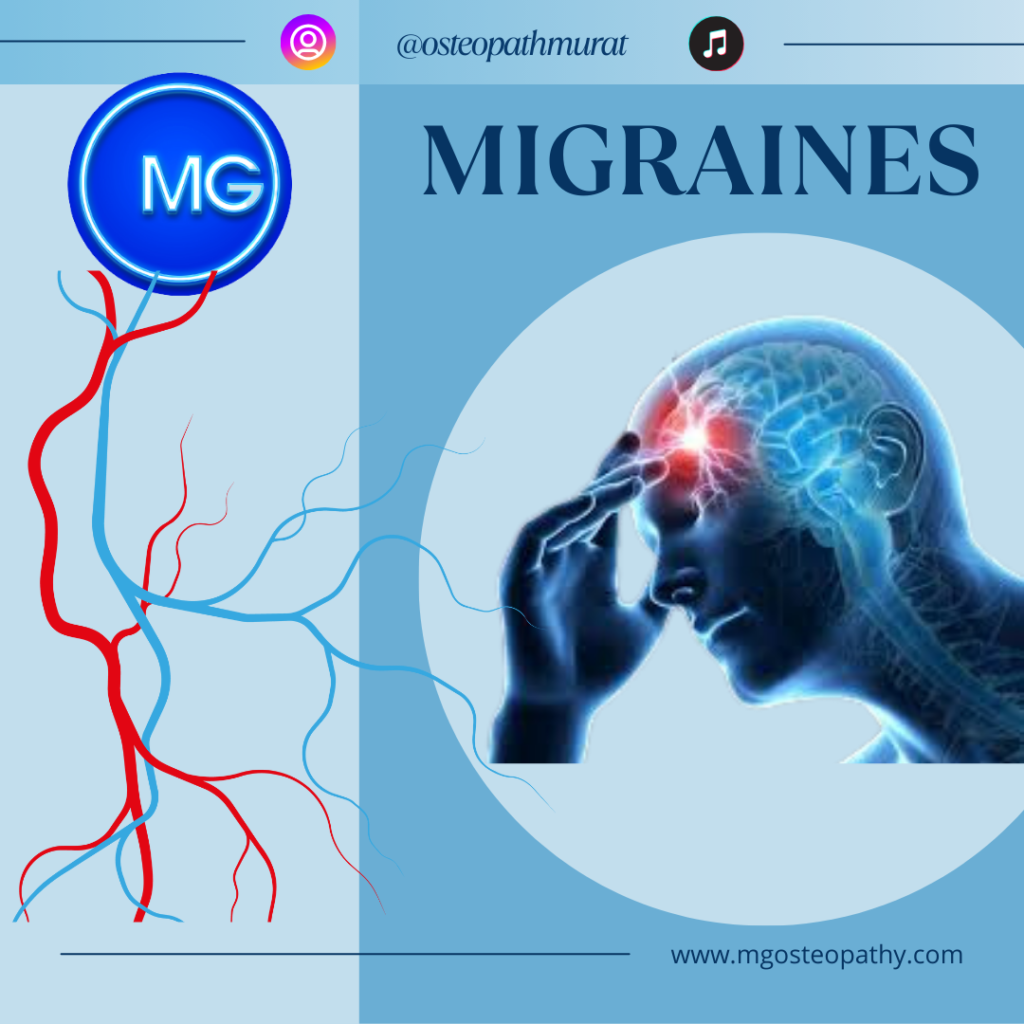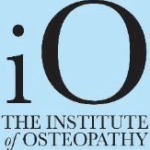Migraines affect millions of people worldwide, often causing debilitating pain and disrupting daily life. Understanding migraines involves recognising their presentation, identifying triggers, exploring potential causes, and discovering effective interventions, including how MG Osteopathy can provide relief.
What is a Migraine?
A migraine is a type of headache characterised by recurrent, moderate to severe pain that can last for hours or even days. Unlike typical headaches, migraines are often accompanied by additional symptoms, such as nausea, vomiting, and heightened sensitivity to light and sound. Some individuals also experience visual disturbances known as aura, which can precede or accompany the headache.
Key Phases of a Migraine
- Prodrome: This early phase can occur a day or two before the headache strikes. Warning signs may include mood changes, food cravings, fatigue, and neck stiffness.
- Aura: Not everyone experiences this phase, but it can involve visual or sensory disturbances. Symptoms may include flashing lights, zigzag patterns, or even numbness and tingling.
- Headache: The core of the migraine is typically a throbbing pain, often localized to one side of the head. This phase may also include nausea and vomiting, along with a strong aversion to light and sound.
- Postdrome: After the headache subsides, individuals may feel drained or confused, often described as a “migraine hangover.” This phase can last up to 24 hours.
Common Triggers
Identifying and managing triggers is crucial for migraine prevention. Common triggers include:
- Environmental Factors: Sudden changes in weather, bright or flickering lights, and strong odors can provoke migraines.
- Dietary Triggers: Certain foods and beverages, such as aged cheeses, processed meats, caffeine, and alcohol, are known to trigger attacks.
- Hormonal Changes: Many women experience migraines related to hormonal fluctuations during menstruation, pregnancy, or menopause.
- Stress: Emotional stress is one of the most significant triggers, often exacerbated by lifestyle changes and anxiety.
- Sleep Patterns: Irregular sleep habits, including oversleeping or sleep deprivation, can lead to migraine onset.
- Physical Activity: Strenuous exercise or sudden increases in physical activity may trigger migraines in some individuals.
Causes of Migraines
While the exact cause of migraines remains unclear, several factors are believed to contribute:
- Genetics: A family history of migraines can increase an individual’s susceptibility, suggesting a hereditary component.
- Neurovascular Changes: Migraines may be linked to changes in the brainstem and its interactions with the trigeminal nerve, which is involved in pain perception.
- Chemical Imbalances: Fluctuations in neurotransmitters, particularly serotonin, can play a significant role in the onset of migraines.
Interventions for Migraines
Effective migraine management often involves a combination of lifestyle modifications, medication, and complementary therapies. Common interventions include:
- Medications: Over-the-counter pain relievers, prescription medications, and preventive treatments tailored to the individual’s needs.
- Lifestyle Modifications: Maintaining a regular sleep schedule, managing stress through relaxation techniques, and keeping a migraine diary to identify triggers.
- Dietary Changes: Avoiding known dietary triggers while ensuring a balanced diet rich in nutrients.
- Hydration: Staying well-hydrated can help reduce the frequency and intensity of migraines.
How MG Osteopathy Can Help
MG Osteopathy offers several benefits for migraine sufferers, providing a holistic approach to treatment:
- Pain Relief: Osteopathic techniques, such as cranial and myofascial release, can alleviate tension in the head, neck, and shoulders, which are often linked to migraines.
- Improved Blood Flow: Osteopathic manipulative treatment (OMT) enhances circulation and lymphatic drainage, promoting better oxygenation and nutrient delivery to tissues.
- Stress Reduction: Osteopathy encourages relaxation through gentle manipulation, addressing one of the primary triggers of migraines.
- Holistic Approach: MG Osteopathy considers the whole person, addressing lifestyle factors, posture, and body mechanics that may contribute to migraine development.
- Personalised Care: Each treatment is tailored to the individual, allowing practitioners to focus on specific symptoms and concerns related to migraines.
Conclusion
Migraines are complex conditions that can significantly impact one’s quality of life. By understanding their symptoms, triggers, and causes, individuals can adopt proactive management strategies. Combining lifestyle changes with treatments like MG Osteopathy can provide comprehensive relief. If you struggle with migraines, consider consulting a healthcare professional or an osteopath to explore effective options for improving your health and well-being. Taking a proactive approach can lead to better outcomes and a more fulfilling life.





